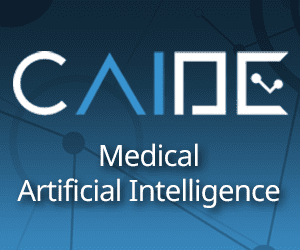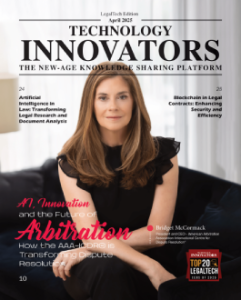Reimagining Property Protection: The Integration of IoT Devices and Smart Home Technology in Modern Insurance Solutions” explores how insurers are leveraging IoT devices and smart home technology to enhance property protection, mitigate risks, and improve insurance solutions. Here’s an overview of the key points discussed:
Understanding IoT and Smart Home Technology:
- IoT Devices: IoT devices encompass a wide range of connected devices, including sensors, actuators, cameras, and smart appliances, equipped with internet connectivity and embedded sensors that collect and exchange data.
- Smart Home Technology: Smart home technology integrates IoT devices into residential properties, enabling homeowners to remotely monitor, control, and automate various home functions, such as security, energy management, and environmental monitoring.
Role of IoT in Property Protection:
- Risk Mitigation: IoT devices enhance property protection by detecting and mitigating risks, such as burglary, fire, water damage, and environmental hazards, in real time. Sensors and detectors monitor conditions and alert homeowners and insurers to potential threats, enabling proactive intervention to prevent damage or loss.
- Loss Prevention: IoT-enabled security systems, surveillance cameras, and smart locks deter intruders and reduce the likelihood of break-ins and theft. Real-time monitoring and alerts enable homeowners and insurers to respond promptly to security breaches and minimize property damage.
Benefits of Smart Home Insurance Solutions:
- Enhanced Safety and Security: Smart home insurance solutions improve safety and security by integrating IoT devices into homeowners’ insurance policies. Connected devices enable proactive risk management, early detection of hazards, and rapid response to emergencies, enhancing property protection and personal safety.
- Risk Assessment and Underwriting: Insurers leverage IoT data and smart home technology to assess property risks more accurately and tailor insurance coverage to individual homeowners’ needs. Data from IoT devices inform underwriting decisions, pricing models, and risk management strategies, improving underwriting accuracy and efficiency.
IoT Applications in Property Insurance:
- Leak Detection: IoT sensors detect leaks and moisture levels in pipes, appliances, and plumbing systems, enabling early detection of water damage and reducing the risk of costly claims. Leak detection systems alert homeowners and insurers to potential leaks, enabling timely repairs and mitigating property damage.
- Fire Prevention: IoT-enabled smoke detectors, fire alarms, and smart sprinkler systems detect fires and smoke in residential properties, enabling rapid response and evacuation in emergencies. Real-time alerts and notifications enable homeowners and insurers to coordinate emergency response efforts and minimize fire-related losses.
Integration Challenges and Considerations:
- Data Privacy and Security: Insurers must address data privacy and security concerns associated with IoT devices, including data encryption, access controls, and compliance with privacy regulations. Protecting sensitive personal information and IoT data is essential to maintaining consumer trust and regulatory compliance.
- Interoperability: Integrating diverse IoT devices and platforms into insurance solutions requires interoperability and compatibility across different devices, protocols, and ecosystems. Insurers collaborate with technology partners and IoT manufacturers to ensure seamless integration and interoperability of smart home insurance solutions.
Future Trends and Opportunities:
- Ecosystem Partnerships: Insurers form strategic partnerships with IoT manufacturers, technology providers, and home automation companies to develop integrated smart home insurance solutions. Ecosystem partnerships enable insurers to leverage IoT data, technology platforms, and industry expertise to deliver value-added services and enhance customer engagement.
- Predictive Analytics: Insurers use predictive analytics and machine learning algorithms to analyze IoT data and predict property risks more accurately. Predictive models identify patterns, trends, and risk factors associated with property damage, enabling insurers to proactively manage risks, prevent losses, and optimize insurance coverage.
Conclusion:
“Reimagining Property Protection” highlights the transformative potential of IoT devices and smart home technology in modern insurance solutions. By integrating IoT data, leveraging smart home technology, and embracing innovative approaches to risk management, insurers enhance property protection, mitigate risks, and deliver personalized insurance solutions tailored to homeowners’ needs. Smart home insurance represents a new frontier in property protection, offering enhanced safety, security, and peace of mind for homeowners while driving innovation and differentiation in the insurance industry.








